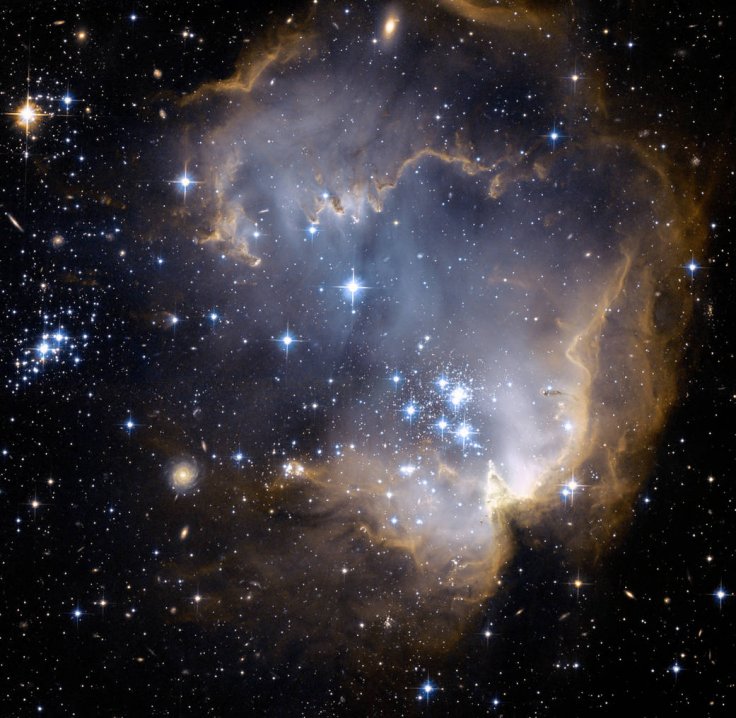
A new study report scheduled to be published in the 2019 edition of journal Astrobiology has suggested that a tsunami of cosmic energy from a star explosion 150 light years away might have caused the extinction of giant sea creatures including Megalodon. The star explosion which happened in the ancient days have triggered climate change on earth, and the impact was mainly felt on oceans in the earth.
Experts believe that the mass die-off known as the Pliocene marine megafauna extinction might have wiped out more than third of the earth's gigantic marine species. Adrian Melott, the lead author of the study reveals that cosmic explosion might have drenched the planet in stellar radiation, and it might have increased the chances of cancer in earth's fauna.
It should be noted that larger animals suffered due to this, as they absorbed more radiation, thus lessening their chances of survival.
"We estimated the cancer rate would go up about 50 percent for something the size of a human — and the bigger you are, the worse it is. For an elephant or a whale, the radiation dose goes way up," said Melott in a recently issued statement.
Previously, researchers had identified traces of iron-60 isotopes in ancient seabeds. As per researchers, the discovery of iron-60 isotopes is an evidence that radioactive substances were present in ancient seabeds.
"As far back as the mid-1990s, people said, 'Hey, look for iron-60. It's a telltale because there's no other way for it to get to Earth but from a supernova.' Because iron-60 is radioactive, if it was formed with the Earth it would be long gone by now. So, it had to have been rained down on us. There's some debate about whether there was only one supernova really nearby or a whole chain of them. I kind of favor a combo of the two — a big chain with one that was unusually powerful and close," added Melott.









